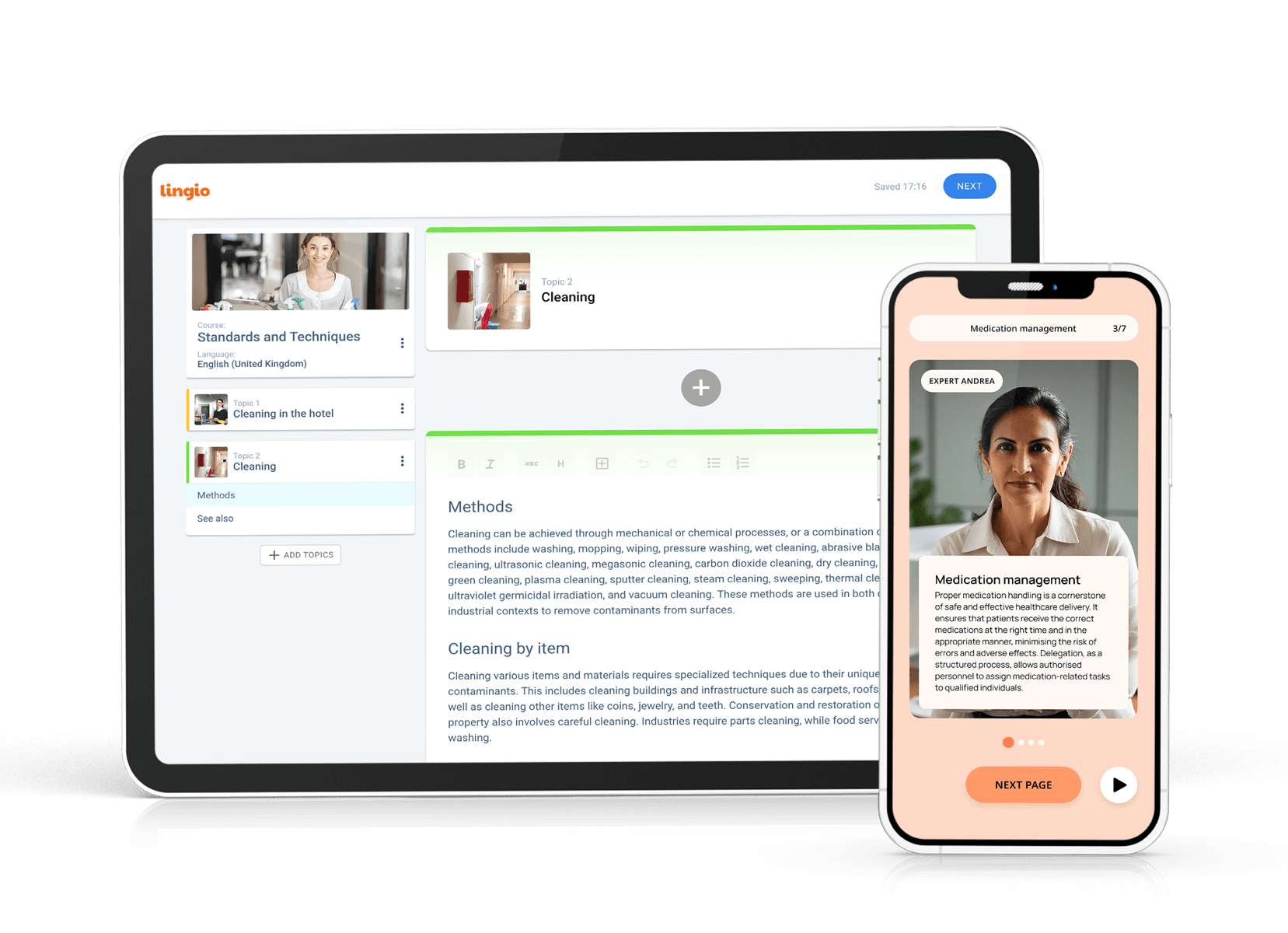In today's fast-paced world, efficiency is key. This holds for all industries, including the transportation sector. As cities grow and their public transportation systems expand, the demand for skilled bus drivers is higher than ever. Ensuring that these drivers receive effective training is essential for both their safety and the safety of their passengers. Here, we will explore how Artificial Intelligence (AI) can revolutionize bus driver training with seven practical tips.
Bus driver training plays a critical role in ensuring the smooth operation of public transportation systems. Traditionally, training programs have relied on outdated methods and procedures that often prove ineffective and time-consuming. However, with the emergence of AI, a new era of training has begun - one that promises to accelerate and enhance the learning process for bus drivers, ultimately leading to safer and more efficient journeys for passengers.
As cities continue to grow and the demand for public transportation increases, it becomes imperative to equip bus drivers with the necessary skills and knowledge to handle the challenges of modern urban environments. The traditional training methods, which primarily relied on classroom lectures and on-the-job experience, often fell short of adequately preparing drivers for the complexities they would encounter on the road.
With the advent of AI technology, bus driver training programs have undergone a significant transformation. AI-powered simulators now provide a realistic virtual environment where drivers can practice various scenarios, such as navigating through heavy traffic, dealing with aggressive drivers, and handling emergencies. These simulations offer a safe and controlled space for drivers to develop their skills, allowing them to make mistakes and learn from them without putting passengers or other road users at risk.
Moreover, AI algorithms can analyze the performance of bus drivers during these simulations, providing valuable feedback and personalized training plans. By monitoring drivers' actions and decision-making processes, AI systems can identify areas for improvement and tailor the training program to address specific weaknesses. This individualized approach ensures that each driver receives the necessary guidance and support to enhance their skills and become more proficient in their role.
Another advantage of AI-based training is its ability to adapt to the evolving needs of the transportation industry. As new technologies and regulations emerge, AI systems can be updated to incorporate these changes into the training curriculum. This flexibility ensures that bus drivers stay up-to-date with the latest advancements and are well-prepared to handle the challenges of an ever-changing urban landscape.
Furthermore, AI-powered training programs offer a cost-effective solution for transportation authorities. Traditional training methods often require significant resources, including hiring additional instructors, renting specialized training facilities, and maintaining a fleet of training vehicles. With AI simulators, these expenses can be significantly reduced, as the virtual environment eliminates the need for physical resources while still providing a realistic and immersive training experience.
The integration of AI technology into bus driver training programs has revolutionized the way drivers are prepared for their roles. By offering realistic simulations, personalized feedback, and adaptability to industry changes, AI-powered training ensures that bus drivers are equipped with the necessary skills and knowledge to navigate the complexities of modern urban environments. With safer and more efficient drivers on the road, passengers can enjoy a smoother and more reliable public transportation experience.





